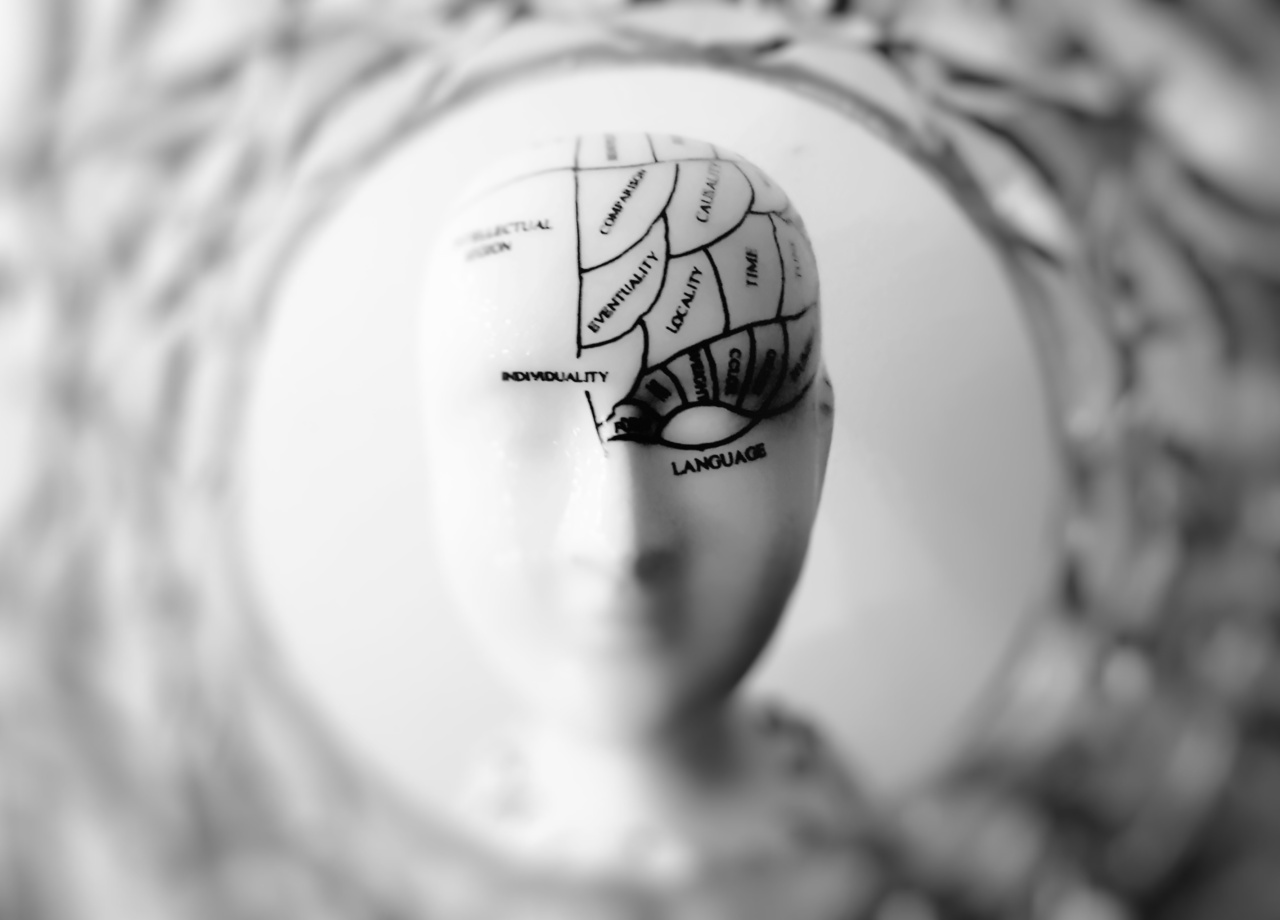In recent years, there has been growing interest in understanding the relationship between brain volume and language abilities in dementia patients.
Dementia is a neurodegenerative disorder characterized by cognitive decline, including impairments in language function. Several studies have suggested that changes in brain volume may play a role in the decline of language abilities in individuals with dementia.
This article aims to explore the current literature surrounding the relationship between brain volume and language function in dementia patients.
Understanding Dementia
Dementia is a syndrome characterized by a progressive decline in cognitive function beyond what is expected with normal aging. It affects various cognitive domains, including memory, attention, executive function, and language.
The most common cause of dementia is Alzheimer’s disease, but other types such as vascular dementia and frontotemporal dementia also lead to similar symptoms.
The Role of Language in Dementia
Language impairment is a prominent feature of many dementias, and it significantly affects communication and daily functioning.
As the disease progresses, individuals with dementia may experience difficulty finding words, expressing thoughts, comprehending sentences, and maintaining conversations. These language deficits are often associated with changes in brain volume.
Brain Volume and Language Function
Several neuroimaging studies have investigated the relationship between brain volume and language abilities in dementia patients.
These studies typically use magnetic resonance imaging (MRI) to measure brain volume and various language assessments to evaluate language function.
Evidence from Alzheimer’s Disease
Alzheimer’s disease (AD) is characterized by the accumulation of amyloid-beta plaques and tau tangles in the brain.
Studies have shown that reduced brain volume in specific regions, such as the cerebral cortex and hippocampus, is associated with poorer language performance in individuals with AD.
Association with Vascular Dementia
Vascular dementia (VaD) is caused by impaired blood flow to the brain, often due to stroke or small vessel disease. Changes in brain volume, particularly in the frontal and temporal lobes, have been linked to language impairments in VaD patients.
Frontotemporal Dementia and Language
Frontotemporal dementia (FTD) is characterized by degeneration of the frontal and temporal lobes.
This type of dementia often presents with early onset language impairment, including changes in speech fluency, word finding difficulties, and comprehension deficits. Brain volume reductions in the frontal and temporal regions are associated with these language deficits.
Neural Networks and Language
Language processing involves a complex network of brain regions, including the left hemisphere’s perisylvian cortex.
Changes in brain volume within these language-related regions can disrupt the neural networks responsible for language production and comprehension.
Progressive Loss of Gray Matter
Dementia is characterized by the progressive loss of gray matter, which includes the cell bodies and synapses of neurons. This loss of gray matter is often associated with language impairments in dementia patients.
Studies have shown that the degree of language impairment is correlated with the extent of gray matter atrophy in language-related brain regions.
White Matter Changes and Language
White matter, which contains the axons that connect different brain regions, also plays a crucial role in language processing.
Disruptions in white matter connectivity, such as the integrity of the arcuate fasciculus, can lead to language impairments in dementia patients. Changes in white matter, measured using diffusion tensor imaging (DTI), have been found to relate to language deficits in individuals with dementia.
Cognitive Reserve and Brain Volume
Cognitive reserve refers to the brain’s ability to cope with damage and maintain cognitive function.
Some individuals with less brain volume might exhibit better language function due to higher cognitive reserve, whereas others with more brain volume might show poorer language function due to greater neural pathology. Understanding the interplay between cognitive reserve, brain volume, and language abilities is vital for improving interventions for language impairments in dementia patients.
Conclusion
The current evidence suggests that brain volume changes in specific regions are associated with language impairments in dementia patients, including those with Alzheimer’s disease, vascular dementia, and frontotemporal dementia.
However, more research is needed to better understand the complex relationship between brain volume, language function, and cognitive reserve in dementia. This knowledge could aid in developing targeted interventions to improve language abilities and overall quality of life for individuals living with dementia.































